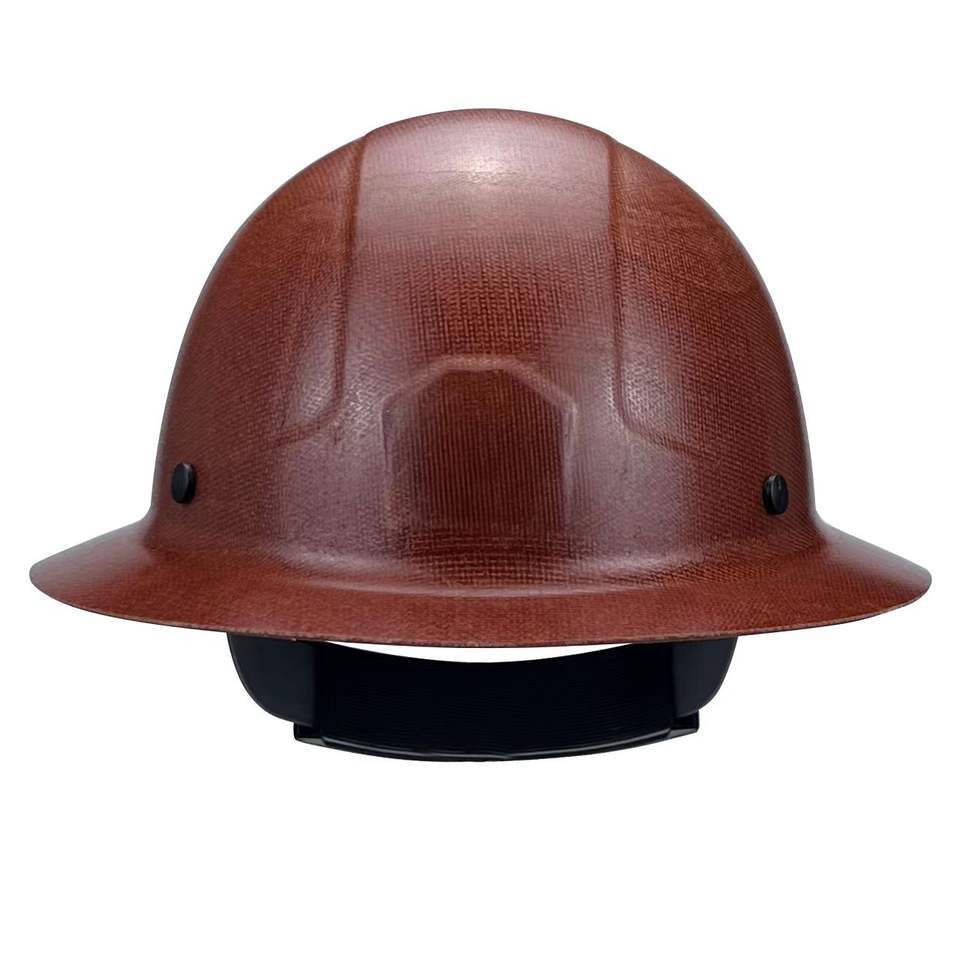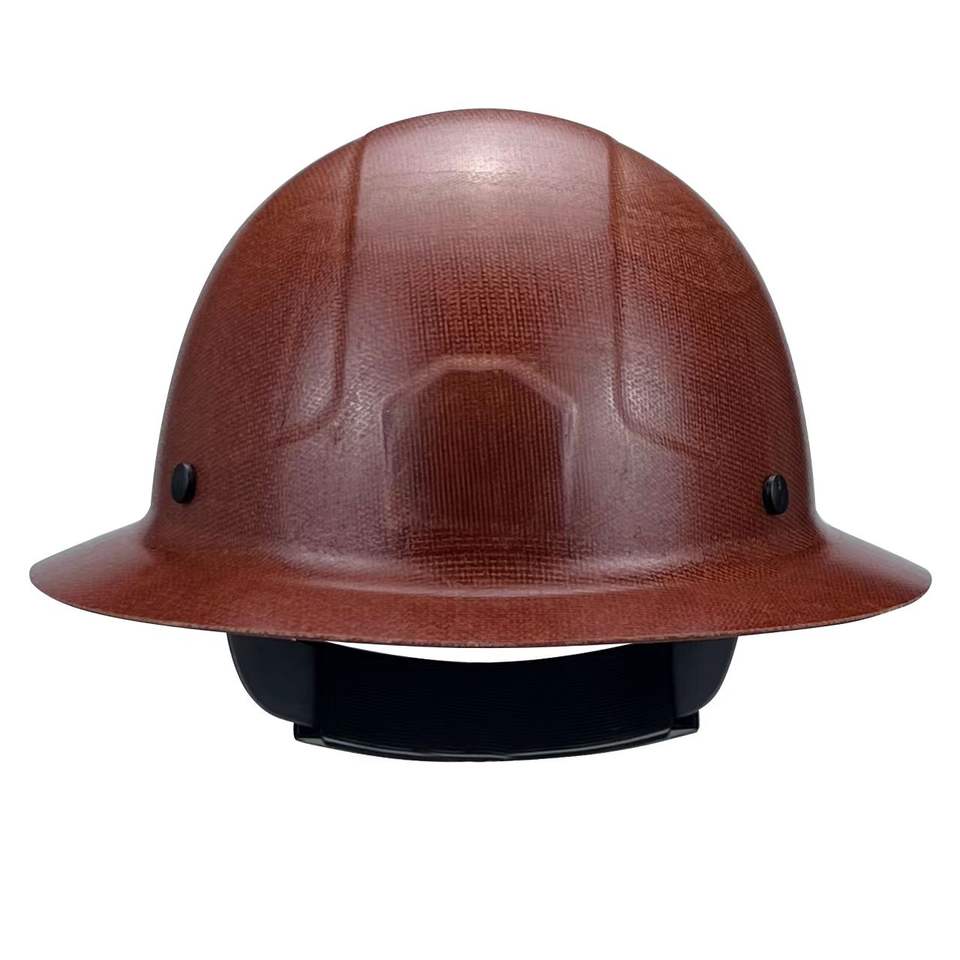Hard Hat Safety Helmet – Lightweight, ANSI Certified, Tough
High-Temperature Protection That Doesn’t Flinch
I’ve toured foundries where metal glows white and concrete sweats. In places like that, your headgear is either the hero—or the weak link. That’s why crews keep asking for a Hard Hat Safety Helmet built for heat, impact, and long shifts. This model from Care (made in Hebei, China) is one of those under-the-radar workhorses you only hear about from foremen who’ve burned through the flimsy stuff.

What’s inside the shell (and why it matters)
The shell is fiberglass composite—resin-reinforced layers that shrug off heat better than common ABS. The suspension is a 4-point Terylene web cradle; simple, durable, forgiving on long shifts. To be honest, I prefer 6-point for heavy demo, but many customers say this 4-point setup feels cooler and less fussy under welding hoods.
| Product name | High temperature Hard Hats Fiber resinforce resin safety helmet |
| Brand / Origin | Care, 26 YongPing Road, Northern Industrial Base, Hengshui, Hebei, China |
| Material | Fiberglass composite shell; 4-point Terylene webbing |
| Size / Weight | 48 × 27.94 × 19.05 cm; ≈600 g (real‑world use may vary with accessories) |
| Certifications | CE EN 397; ANSI/ISEA Z89.1-2009 |
| Application | Construction, hot work, foundry, petrochemical, utilities |
| Color | OEM color options; logo print available |

Process flow (how it’s made)
- Materials: Woven glass fiber cloth; heat-stable polyester/epoxy resin system; UV-stabilized pigments.
- Layup & molding: Multi-layer hand layup or press-molding; controlled resin ratio for strength-to-weight.
- Curing: Elevated-temp cure to lock in heat resistance and dimensional stability.
- Finishing: Edge deburr, UV topcoat, venting (variant-dependent), suspension anchor riveting.
- Testing: Impact attenuation, penetration, flame spread, chinstrap anchor, and optional electrical per EN 397/ANSI Z89.1.
Test snapshots (typical): peak transmitted force ≤5 kN (EN 397 impact), steel striker does not contact headform (penetration), flame self-extinguishes after exposure. Electrical class depends on configuration; fiberglass shells often qualify for Class G and sometimes E—check your exact build and label.

Where it earns its keep
You’ll see this Hard Hat Safety Helmet on steel-mill decks, refinery turnarounds, boiler rooms, and—surprisingly—roofing crews working black membranes in August. It resists heat bloom and stays rigid even when ABS starts to creep. Actually, fit is half the battle; the Terylene cradle spreads load nicely under face shields.
- Hot work and foundry pours
- Cutting, welding, and grinding with sparks
- Substations and utility maintenance (verify electrical class on label)
- General construction, demo, and high-rise retrofits

Service life and care
Real-world service life runs about 3–5 years (UV, chemicals, and heat cycles shorten that). Inspect before each shift; replace after any significant impact. I guess it sounds obvious—but date your helmets with a marker; it stops the “how old is this?” guessing.
Vendor snapshot (quick compare)
| Vendor / Model | Shell | Standards | Heat Focus | Notes |
|---|---|---|---|---|
| Care (this product) | Fiberglass | EN 397; ANSI Z89.1-2009 | High temp | OEM colors; 4-point cradle |
| Vendor A (heat-rated) | Fiberglass | ANSI Z89.1 (Class G/E) | High temp | Slightly heavier ≈650 g |
| Vendor B (general) | ABS | ANSI Z89.1 (Class G) | Standard | Lower cost; less heat resilience |

Customization and feedback
Color-matched shells, pad upgrades, and logo printing are straightforward. Field notes? Crews say the fiberglass shell “doesn’t get rubbery” near furnaces, and the suspension holds settings after weeks—small things that matter on 10-hour shifts.
Mini case files
- Foundry line: Swapped ABS for this Hard Hat Safety Helmet; fewer heat-warp complaints and better visor fit, per supervisor logs.
- Hi-rise retrofit: Mixed hot work and elevator machine-room service; crews liked the balance and chinstrap anchors at height.
Standards note: Always verify the exact label on your unit for class (G/E/C), date code, and accessories approvals before use.
Authoritative sources
-
Essential Guide to Safety Helmets for the Oil and Gas Industry
NewsNov.24,2025
-
Essential Guide to Safety Helmet for Baby – Protect Little Explorers with Confidence
NewsNov.24,2025
-
Comprehensive Guide to Safety Helmet Factory – Global Insights & Innovations
NewsNov.23,2025
-
Rockman Safety Helmet: Ultimate Industrial Head Protection Guide
NewsNov.23,2025
-
Race Safety Helmet – Essential Protection for Motorsport Champions
NewsNov.22,2025
-
Offshore Safety Helmet Guide: Protecting Workers in Harsh Marine Environments
NewsNov.22,2025
